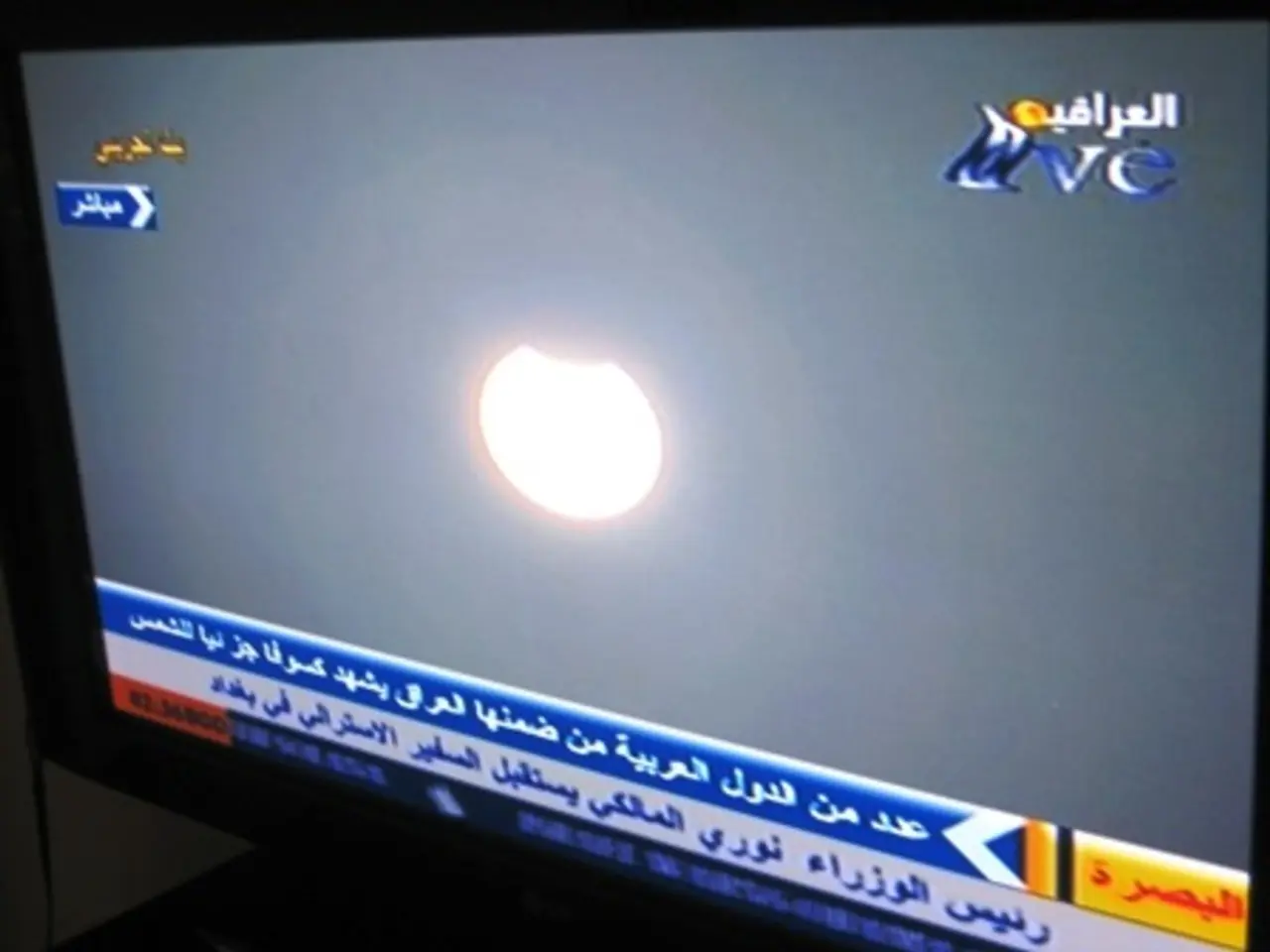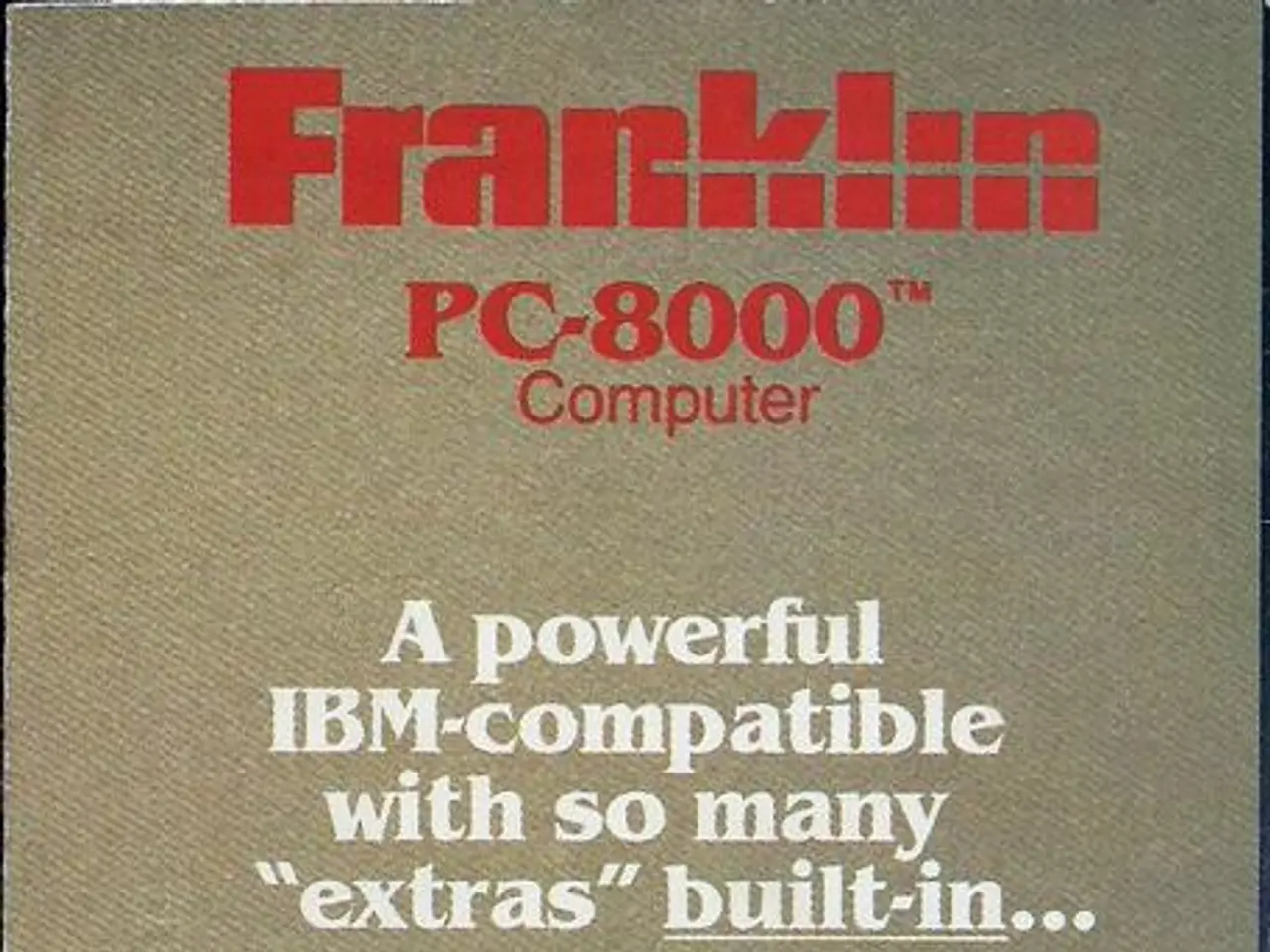New Appointee as ATSC's VP of Standards Development Highlights Globally Expansive Capabilities of 3.0 Version
The Advanced Television Systems Committee (ATSC) is making strides in promoting ATSC 3.0, also known as "NextGen TV," as a global standard. This evolution in broadcast TV technology is primarily gaining traction in the United States, although efforts are underway to expand its reach beyond national borders.
In the U.S., broadcasters like Sinclair Broadcast Group have rolled out the standard across 42 major markets, offering enhanced features such as 4K Ultra HD, immersive audio, interactive content, and improved emergency alerts [1]. However, the transition remains controversial within the industry, with some groups opposing mandated deadlines for full adoption due to cost and implementation concerns [2][3].
As of mid-2025, ATSC 3.0 adoption is primarily localized to the U.S., covering a significant but still partial portion of the national broadcast market [1]. No comprehensive global adoption percentage is provided. The search for widespread deployment or announced plans by other countries yields limited results, with the focus predominantly on U.S. market developments, regulatory debate, and broadcaster initiatives.
ATSC's goal to make ATSC 3.0 a global standard is evident in the appointment of Luiz Fausto as the new Vice President of Standards Development. Fausto, a former tech executive with Globo TV, Brazil's largest TV network, brings valuable experience to the role. Last year, Brazil announced the adoption of the physical layer portion of the ATSC 3.0 standard for its "TV 3.0" advanced TV standard [4].
The implementation of digital terrestrial standards is increasingly software-based, impacting how standards are developed. To streamline the process and reduce ambiguities, the use of files as references instead of text is being implemented. Additionally, the job of the Vice President of Standards Development has evolved to include a focus on the use of AI in standards development and the development of processes to make the groups more efficient.
Fausto's role encompasses overseeing standards development processes, guiding industry adoption, and fostering relationships with global stakeholders. He is succeeding Jerry Whitaker, who served in the position for 25 years and is stepping down in August.
The "Broadcast to Everything Project" (B2X) is a current project that aims to align the ATSC 3.0 physical layer more closely with the 5G physical layer and take into account alignment with the 5G core and a potential future 6G core. Digital Radio Mondiale (DRM) services are also being developed to be carried over ATSC 3.0. The best video codec currently available is VVC, which has replaced HEVC in the evolution of ATSC 3.0.
There is a belief that digital terrestrial television will continue to evolve and play a significant role in delivering content to large audiences simultaneously, filling gaps in the current infrastructure for the internet. As the global broadcast industry continues to evolve, ATSC's strategic appointments and projects signal a commitment to making ATSC 3.0 a truly global standard.
[1] Sinclair Broadcast Group [2] NAB [3] FCC [4] SBTVD Forum
- The Media industry is closely monitoring the advancements of ATSC 3.0, also known as "NextGen TV," as it progresses towards becoming a global standard.
- With Sinclair Broadcast Group implementing ATSC 3.0 across 42 major markets in the U.S., enhanced features such as 4K Ultra HD and immersive audio are now accessible to a growing audience.
- Despite the ongoing transition, some industry groups express reservations about mandated deadlines for full adoption due to cost and implementation concerns.
- As of mid-2025, the digital terrestrial television landscape is still predominantly localized to the U.S., with notable exceptions such as Brazil adopting the physical layer portion of the ATSC 3.0 standard.
- To streamline standards development and reduce ambiguities, the industry is shifting towards the use of digital files as references instead of text.
- The appointment of Luiz Fausto as Vice President of Standards Development at the ATSC is an indication of the committee's desire to globalize the ATSC 3.0 standard.
- The Broadcast to Everything Project (B2X) focuses on aligning the ATSC 3.0 physical layer with 5G, potentially preparing the ground for a future 6G core.
- Digital Radio Mondiale (DRM) services are being developed for delivery over ATSC 3.0, highlighting the technology's versatility.
- The VVC video codec, a successor to HEVC, is considered the best currently available and is an integral part of the evolution of ATSC 3.0, signaling its continued growth and significance in the broadcast TV industry.




